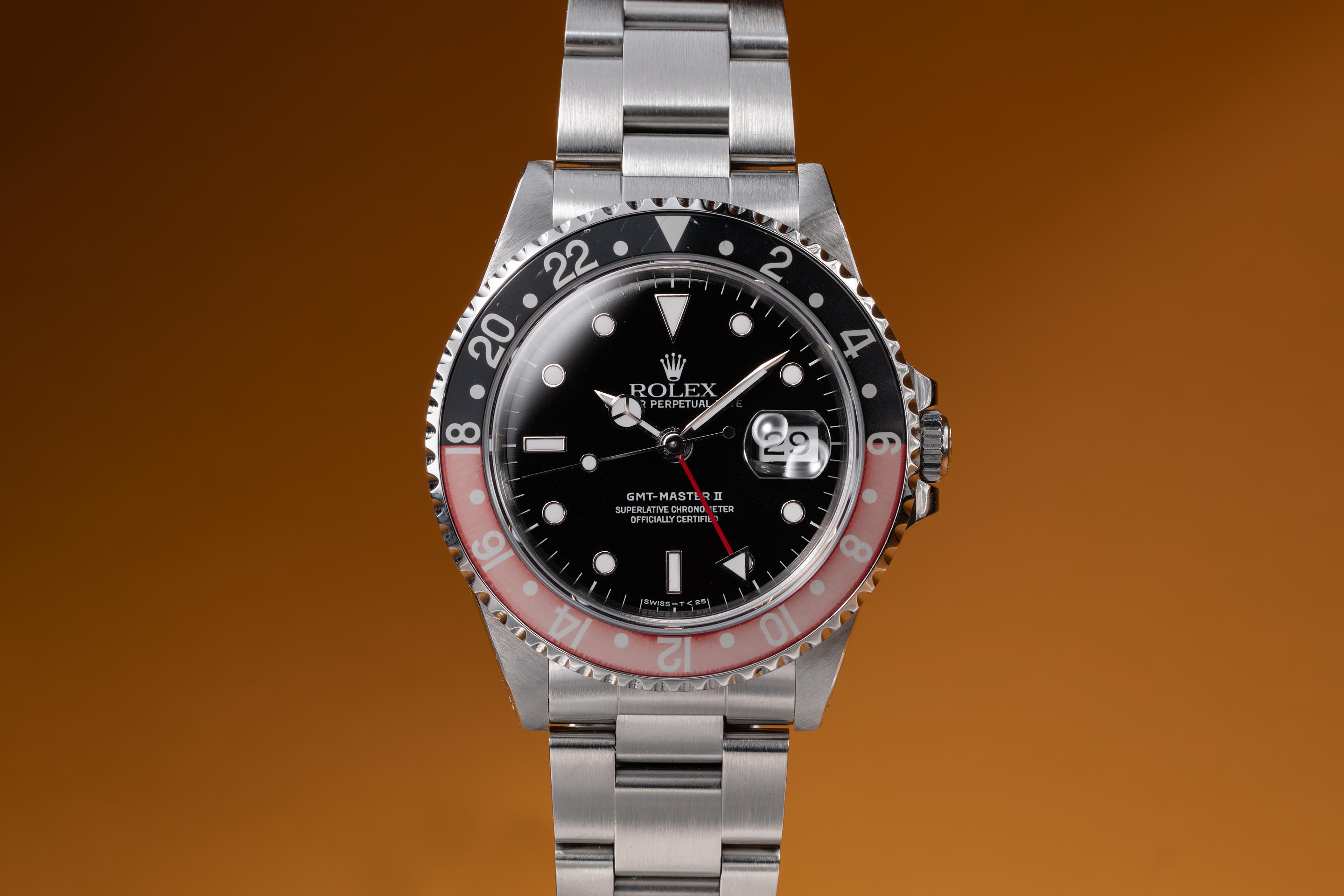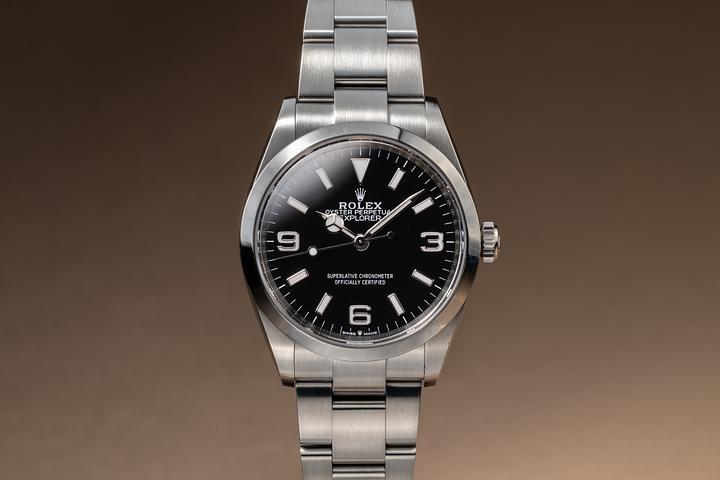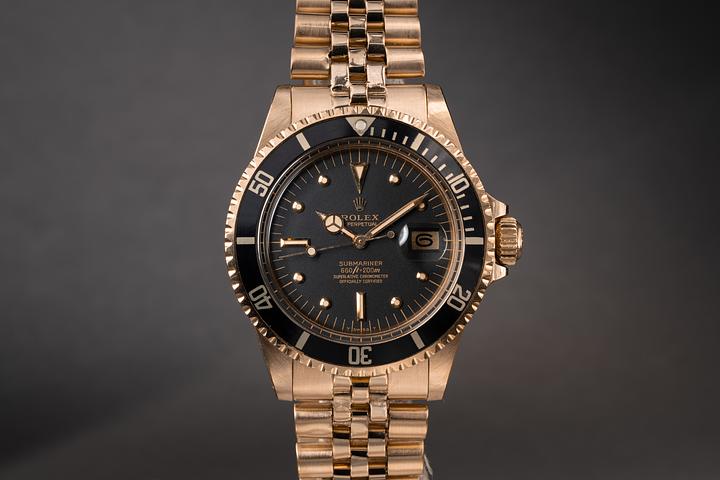How Much Does a Rolex Cost? Pricing Levels and Key Factors

How Much Is a Rolex Watch? A Deep Dive into Swiss Precision and Prestige
The name Rolex evokes an immediate association with prestige, precision, and enduring craftsmanship. It is one of the most recognized luxury watch brands in the world, perhaps the most recognized. But when asking, “how much is a Rolex watch?” the answer is never quite simple. With origins rooted deeply in the meticulous traditions of the Swiss watchmaking industry, Rolex represents more than the sum of its materials and complications—it symbolizes success, endurance, and timeless engineering. This journal entry examines the cost of a Rolex watch through the lens of history, technological innovation, market demand, and manufacturing brilliance, while also outlining what contributes to Rolex’s enduring value.
The Historical Foundation of Rolex in Swiss Watchmaking
To understand the value of a Rolex, it's necessary to go back to its roots. Founded in 1905 by Hans Wilsdorf and Alfred Davis in London, Rolex moved to Geneva, Switzerland, in 1919. The shift wasn't arbitrary. Switzerland, with its centuries-old horological expertise, had become the nucleus of watchmaking excellence. In pursuing unmatched quality and reliability, Rolex found a natural home among the Jura mountains, where skilled artisans and cutting-edge watch engineers fused tradition with invention.
From the very beginning, innovation was intrinsic to Rolex. In 1926, it introduced the world’s first waterproof wristwatch—the Oyster. A few years later in 1931, Rolex launched the first self-winding mechanism with a perpetual rotor, the now standard in automatic watches. These groundbreaking advancements weren’t just technical marvels; they positioned Rolex as a pioneer in reliable, high-performance Swiss timepieces.
Entry-Level Rolex Pricing: The Gateway to the Crown
So, how much is the least expensive Rolex? At the entry point into the brand, Rolex pricing starts at approximately $6,000 USD. The Rolex Oyster Perpetual often serves as the gateway model. It encapsulates the design purity and performance Rolex is known for, albeit stripped of precious metals or complications like date displays or GMT functions. What this model lacks in technical embellishments, it more than compensates for with solid chronometric performance, exemplary finishing, and the iconic Oyster case. The movement inside, often from the reliable 32xx series, carries COSC certification, attesting to its daily rate accuracy of -2/+2 seconds per day, a benchmark known as Superlative Chronometer by Rolex standards.
This entry-level model establishes an undeniable baseline: no Rolex is simply a “cheap” luxury watch. Despite the ascending scale, every timepiece is made in-house, under scrupulous conditions, with nearly obsessive attention to detail.
Mid-Tier Models: Balancing Utility, Luxury, and Legacy
Climbing into the mid-tier range, where prices begin between $8,000 and $12,000, one encounters the robust Submariner, the cosmopolitan GMT-Master II, and the versatile Explorer. These models exemplify Rolex's mastery of functional elegance. The Submariner, perhaps the most iconic dive watch ever created, features rugged waterproof construction, a unidirectional bezel, and luminous Chromalight display—all designed for visibility and utility under deep-sea conditions. The current reference, depending on steel or two-tone configuration, hovers between $9,000 and $14,000.
The GMT-Master II, originally created in collaboration with Pan American Airways for pilots in 1955, allows the wearer to track multiple time zones—an invaluable utility for frequent travelers. Variants like the “Pepsi” and “Batman” models, recognized by their red-blue and blue-black ceramic bezels, blend technical prowess with cult appeal. Demand regularly exceeds supply, causing market prices on these models to drift well above their retail price, in the range of $10,000 to $18,000, depending on specifications and configuration.
High-End Offerings: Where Complexity Meets Rarity
At the upper echelons of Rolex offerings lie models like the Daytona, Sky-Dweller, and Day-Date, which introduce both precious metals like gold and platinum as well as horological complexity. Pricing begins around $14,000 and can escalate to over $75,000 depending on materials. The Cosmograph Daytona, Rolex’s legendary chronograph, is especially revered. Its intricate movement (caliber 4130), its stainless steel scarcity, and its vintage legacy all contribute to its elevated cost and low availability, even at authorized dealers.
The Sky-Dweller arguably contains one of the most sophisticated mechanical complications Rolex offers—the annual calendar and dual time zone display. With an interface controlled through the "Ring Command" bezel, the Sky-Dweller ensures simplicity in user interaction without compromising mechanical artistry. Most models begin around $15,000 but escalate quickly with the inclusion of Everose gold or Oysterflex straps.
Materials and Mechanisms: The Invisible Cost Drivers
What makes a Rolex cost what it does? Much of the value resides beneath the surface. Firstly, Rolex is vertically integrated—meaning it designs, produces, and tests nearly every component in-house. From its proprietary 904L stainless steel (known as Oystersteel) to its own foundry where gold and platinum alloys are made, Rolex has minimized external dependency, thus ensuring pin-point quality control.
Next, consider the movements. Every Rolex movement has to meet COSC standards before it undergoes further testing to meet the Superlative Chronometer standard. The latter is tested post-casing, making it significantly more rigorous. Innovations like the Parachrom hairspring (resistant to magnetism and temperature variations) or the Chronergy escapement (offering improved efficiency and power reserve) reflect a brand that invests deeply in constant, incremental improvement rather than fleeting novelty.
The manufacturing environment also sets Rolex apart. With facilities more closely resembling scientific laboratories than traditional ateliers, Rolex enforces cleanroom conditions, robotic assistance, and multistage human inspection. Every crown, case, bracelet link, and clasp reflects this obsession with excellence, even if the casual observer may never notice the micro-tolerances involved.
The Collector’s Perspective: Appreciation, Value, and Legacy
Beyond initial costs, Rolex watches maintain an enviable reputation for value retention, and in some cases, appreciation. Uncommon models, vintage references, and limited releases often gain value over time. The Paul Newman Daytona, for instance, famously sold at auction for $17.8 million in 2017—an extreme outlier, but one that underscores Rolex’s cultural and horological significance.
In today’s market, many stainless steel sports models are trading above retail, thanks to both well-managed supply and relentless global demand. This makes purchasing a Rolex not only an aesthetic or emotional decision but also a potentially sound financial one. But that should not obscure the essence of it all: a Rolex is foremost a product of precision engineering and design excellence, made to last across generations.
Determining how much a Rolex costs, then, involves more than glancing at a price tag. It means understanding what contributes to the cost—craftsmanship, history, materials, innovation, and legacy all play their part. In return, owners receive something more than a timepiece: they acquire a landmark of mechanical artistry grounded in the heart of Swiss watchmaking tradition. Carefully built, endlessly iterated, and uniquely cherished, Rolex continues to answer the time-honored question: What is a watch truly worth?




